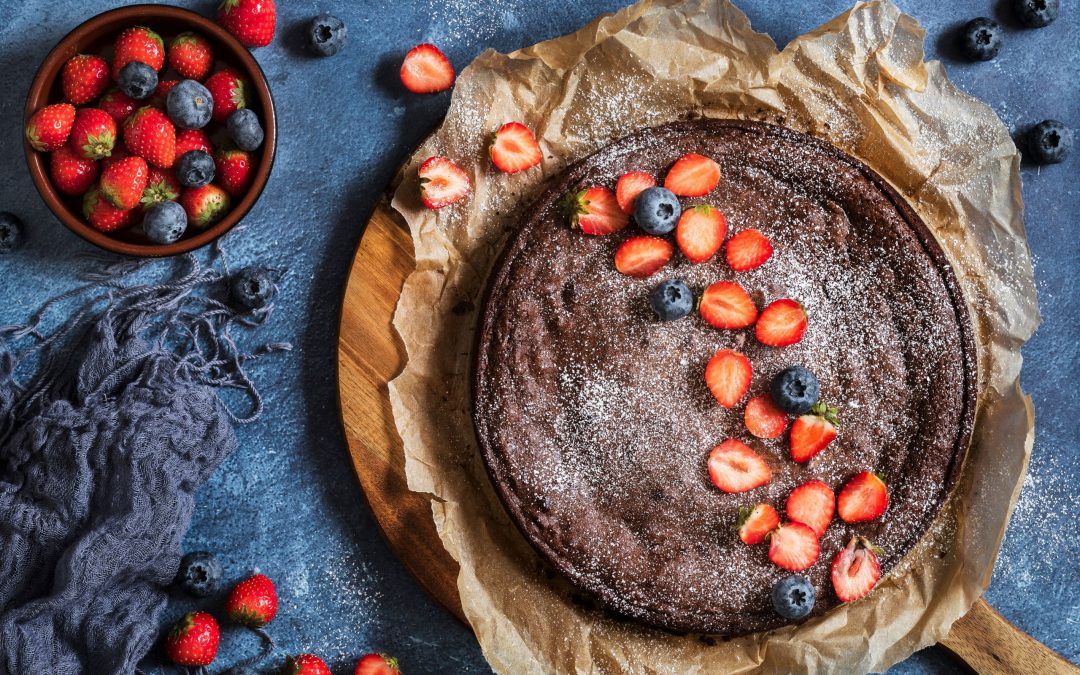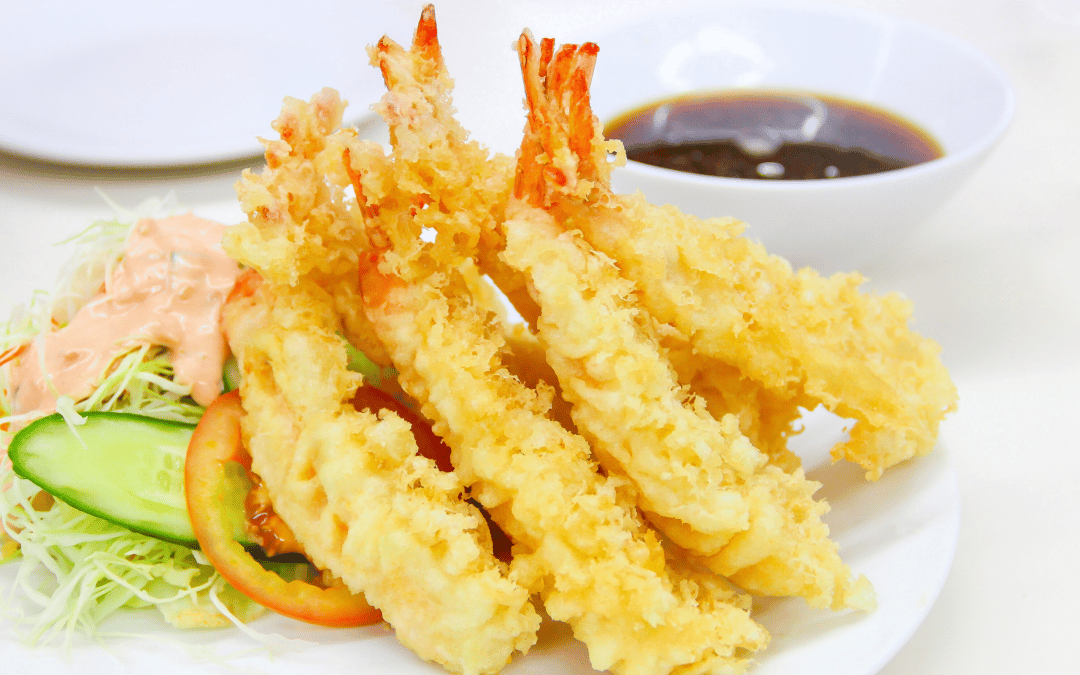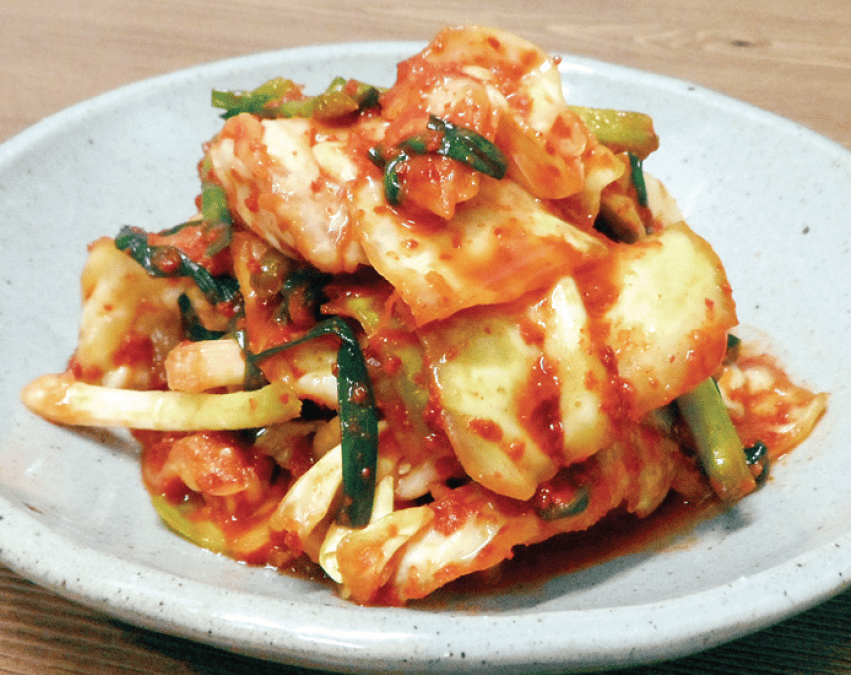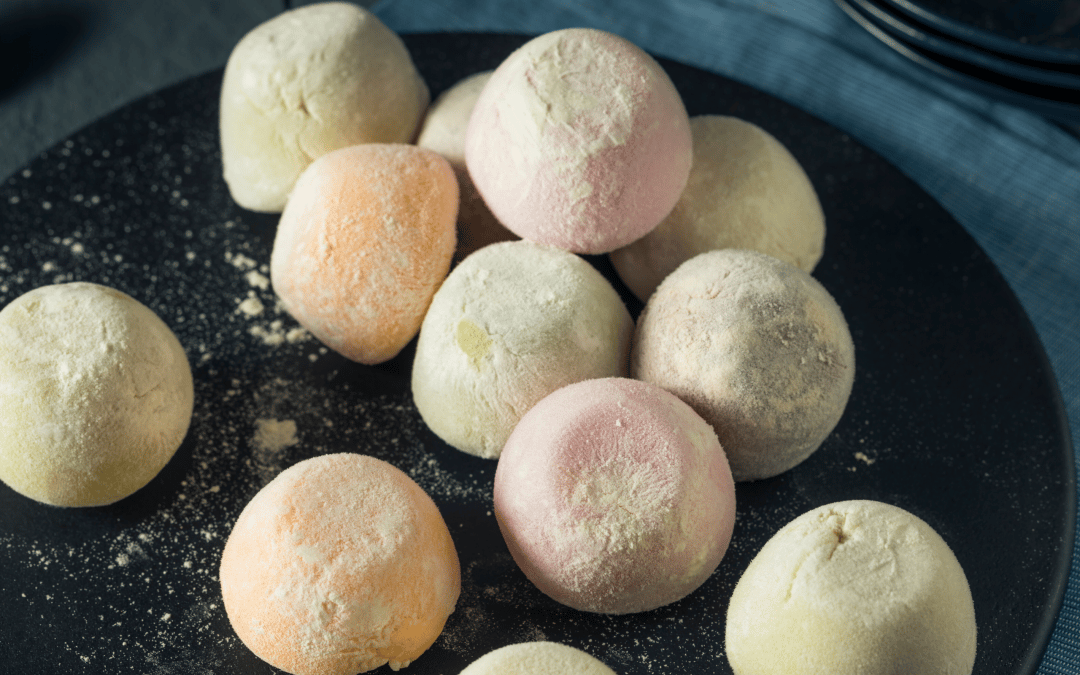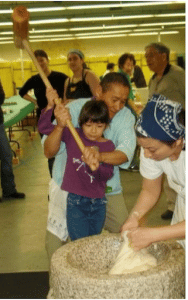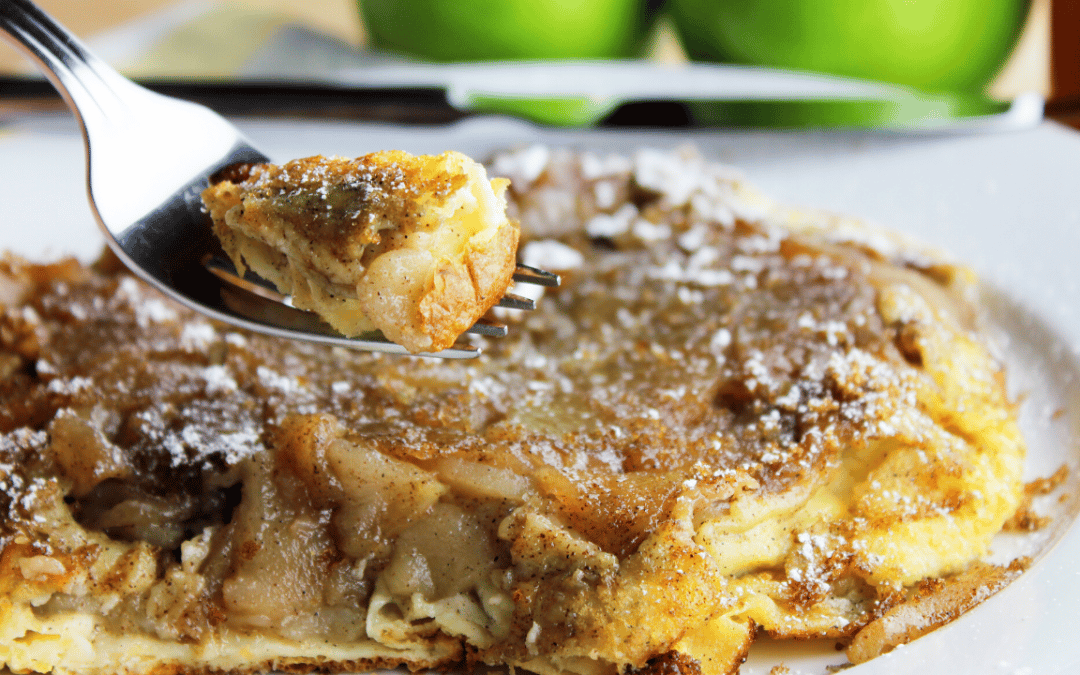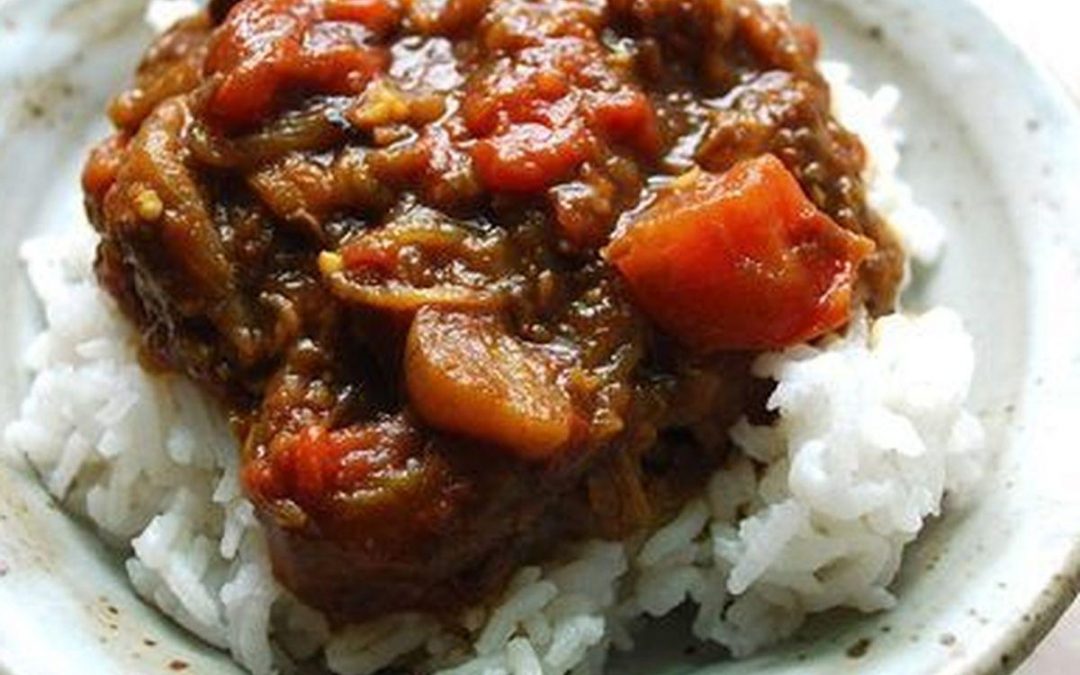
Zainab Khan’s Persian Khoresh
Zainab Khan, Co-Founder and Executive Director, Muslim American Leadership Alliance
Taste from Home is a collection of recipes and stories can be used as a way to connect with others and facilitate conversations about race, culture, and identity over a new recipe. Make a cultural dish and sit down with family and friends and have a discussion of the culture it represents. Please consider making a tax-deductible donation today, if you are able. If you are unable to donate, you can still participate by sharing a recipe by using hashtags #tastefromhome, #tastefromhomerecipe, & #chicagocultural on Facebook, Twitter, or Instagram.
MALA (Muslim American Leadership Alliance)is an arts and culture organization committed to amplifying and celebrating the voices and perspectives of American Muslims through the art of oral history and digital storytelling. MALA works to build vibrant and dynamic communities and inclusive spaces for cultural exchange and community dialogue. This family recipe is provided by Zainab Khan, MALA’s Co-founder and Executive Director.
Khoresh, (sometimes spelled khoresht) or stew, is a mainstay of Persian cuisine. While khoresh bademjan, or eggplant stew, often includes meat, it’s a recipe well suited to vegetarian adaptations. This vegan version makes a delicious main dish served over plain steamed rice or crusty tahdig (crispy persian rice). For a less traditional take, serve it over quinoa or couscous. If you’re not concerned about keeping things vegan, a dollop of yogurt herb sauce is a tasty topper to this meal.
I love this dish because its ingredients are so universal, and it can take on so many different flavors. When I was a child growing up outside of Chicago, my father used to make Khoresh Bademjan for us. Today, I make the same dish for my son and although my recipe is slightly different, it still feels like I’m carrying on a tradition. In many ways, I love this dish for its practicality: it’s inexpensive to make, it has a very flexible flavor profile, and it’s really nutritious as well. My two-year-old even loves it! Khoresh Bademjan will forever be special food for me, both for its personal value and for its cross-cultural value as well.

